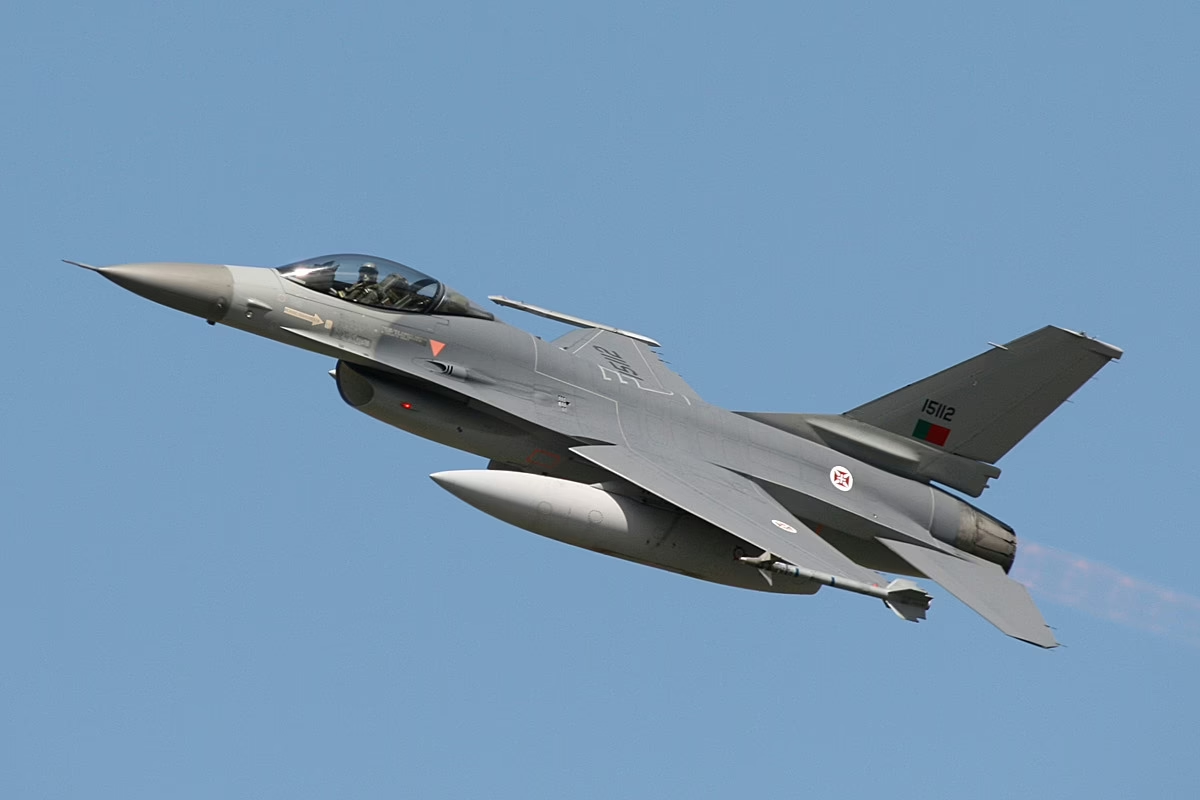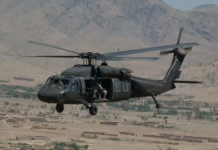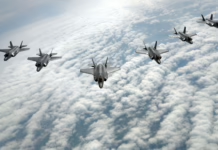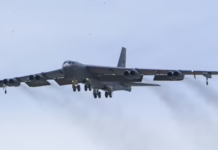Portuguese Air Force official confirms fifth-generation fighters remain under consideration despite defense minister’s earlier comments suggesting alternatives
A senior Portuguese Air Force official indicated that Lisbon has not ruled out acquiring the Lockheed Martin F-35A Lightning II to replace its aging F-16 fighter fleet, despite recent comments from the nation’s defense minister suggesting alternative options.
“The F-16 is in that moment when we need to take some decisions regarding the future of the platform,” Major General Joao Nogueira, director of the service’s weapon systems maintenance directorate, told journalists at the Portuguese Air Force’s Lisbon headquarters on March 26.
While Portugal’s F-16s remain combat-ready with the latest software upgrades, Nogueira warned that time is running out for a replacement decision. “The aircraft will have more problems in the future, especially related to aging structures… and also on the avionics side. That will give additional pressure to the air force to maintain the same level of operational performance,” he said.
Portugal currently operates 21 F-16A fighters and four B-model trainers ranging from 30 to 41 years old, according to aviation analytics company Cirium. Four of these fighters will deploy to Estonia in April for NATO’s Baltic Air Policing mission.
The timeline for replacement is becoming critical, Nogueira emphasized. “Every month or year that we lose will delay the introduction of whatever aircraft will replace the F-16, so we are in this hot moment to have decisions,” he said.
Portugal’s consideration of the F-35 comes as all its partners in the European Partner Air Force (EPAF) group – Belgium, Denmark, the Netherlands, and Norway – have already committed to the stealth fighter as their F-16 replacement.
“Our partners are already changing to a new platform,” Nogueira noted. “The F-35 is fifth-generation, and that is an important step we need to look to. That is not to say we are not looking at other options. There are pros and cons that we need to put in our analysis, and put to the politicians all the information they need.”
Nogueira’s statements follow comments made by Portuguese Defense Minister Nuno Melo in early March suggesting Lisbon might look beyond the F-35, citing “the recent position of the United States, in the context of NATO and at the international geo-strategic level.”
The minister’s remarks likely reference U.S. President Donald Trump’s criticisms of European NATO members with low defense spending. Portugal falls into this category, with projected 2024 defense expenditure of $4.6 billion – representing only 1.55% of its gross domestic product, well below NATO’s 2% guideline.
While Portugal committed during the last NATO Summit to reach the 2% target by 2029, its current spending levels could complicate potential F-35 acquisition plans.
If Portugal ultimately decides against the F-35A, it has several European alternatives to consider, including the Dassault Rafale, Eurofighter Typhoon, and Saab Gripen E. Lockheed Martin also offers the latest Block 70/72 F-16 as a potential solution.
Meanwhile, Portugal’s air force expects delivery of its first of 12 Embraer A-29N turboprops later this year, primarily for advanced training purposes.

Key Takeaways
- Urgency mounting as 30-41 year old fighters face maintenance challenges.
- Portugal’s NATO partners already switching to F-35A.
- Low defense spending might affect acquisition plans.








